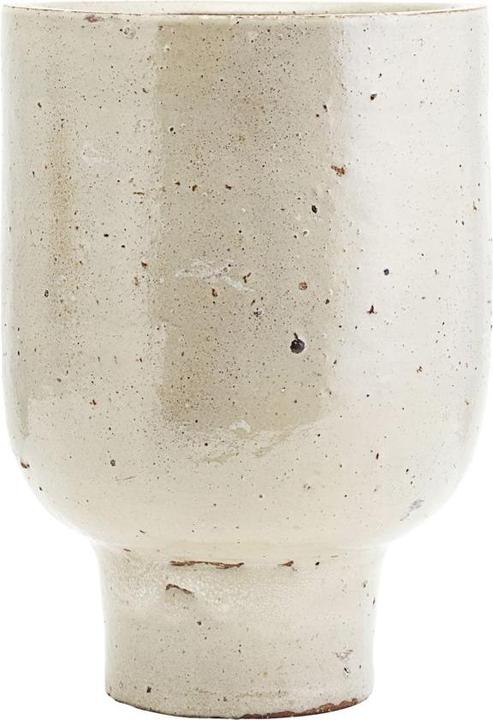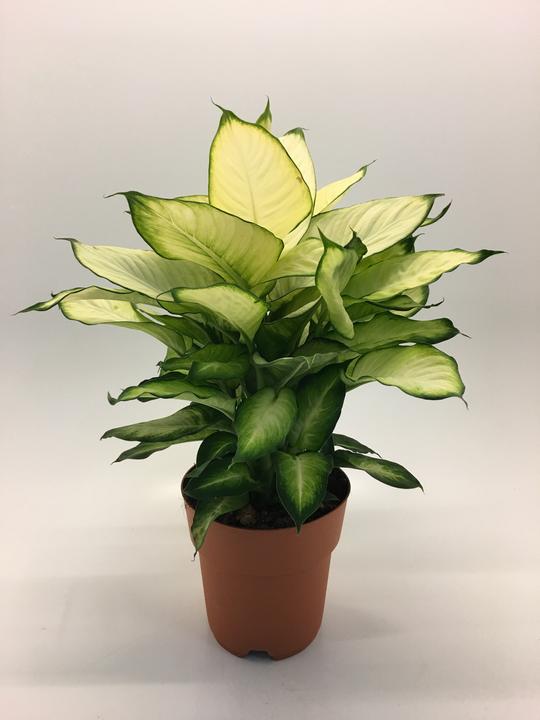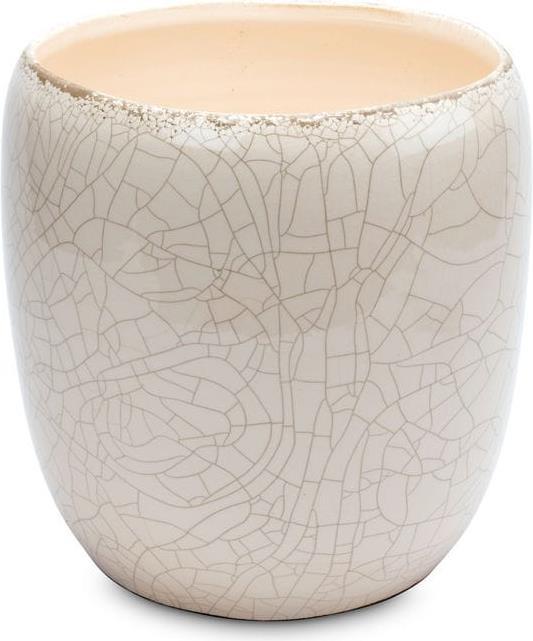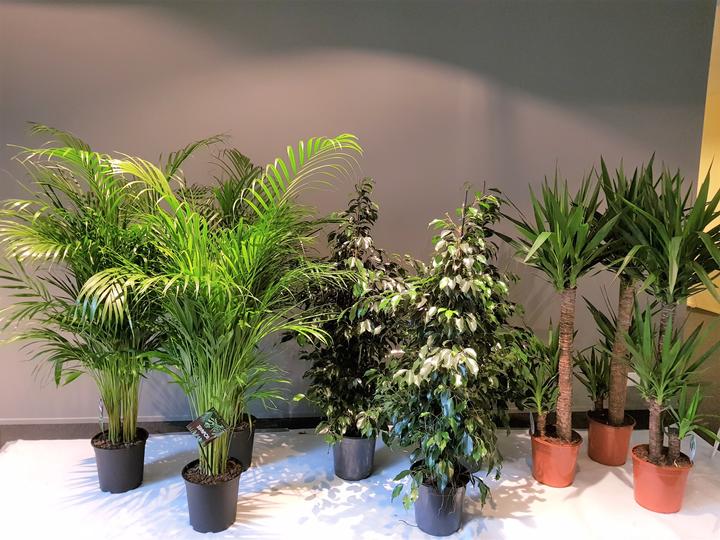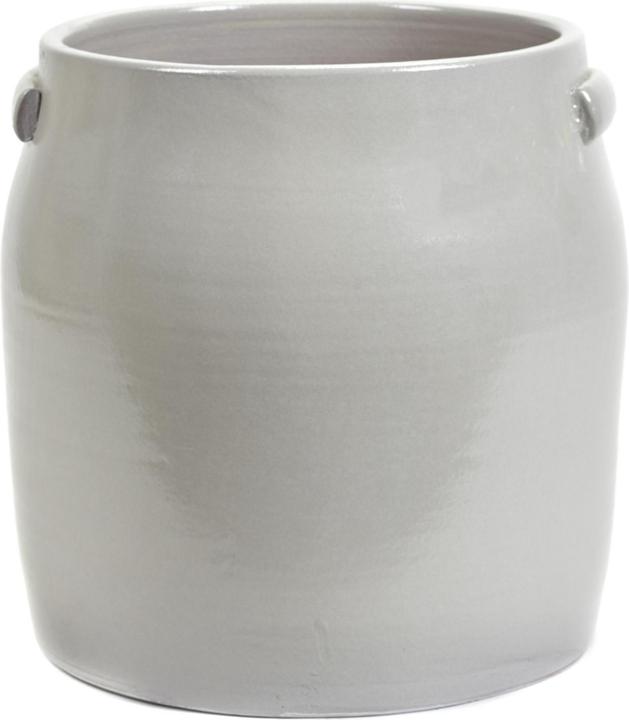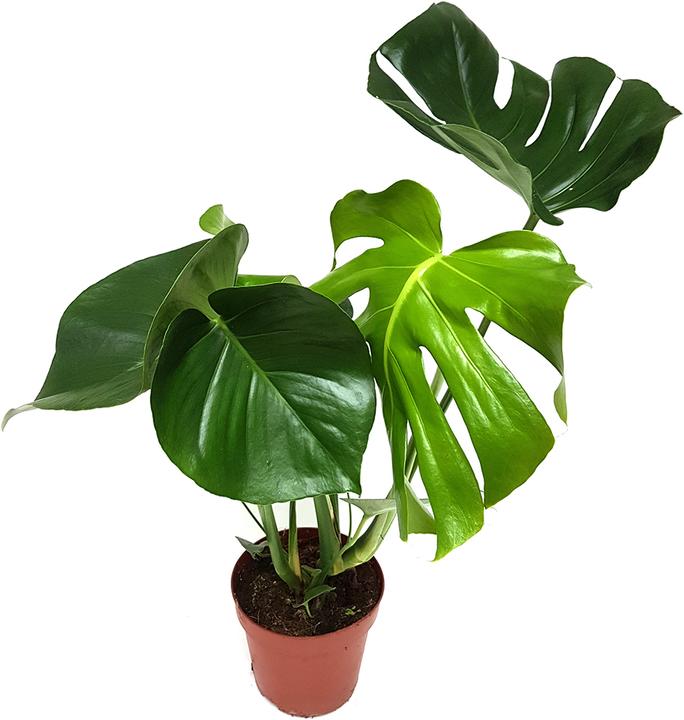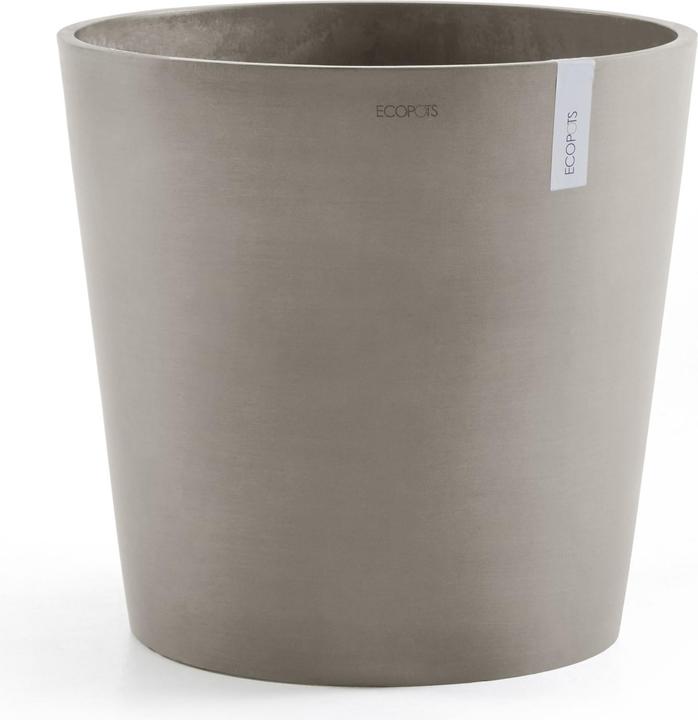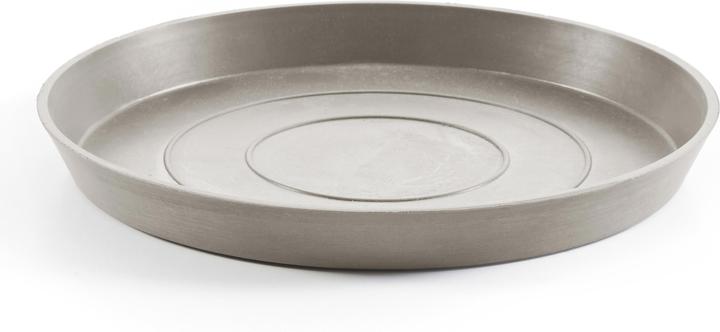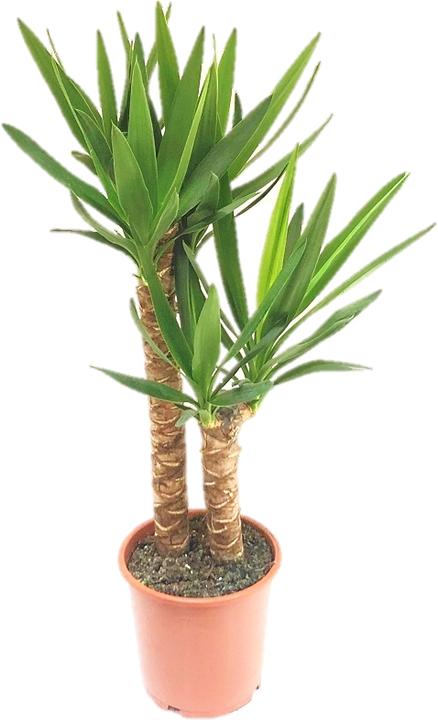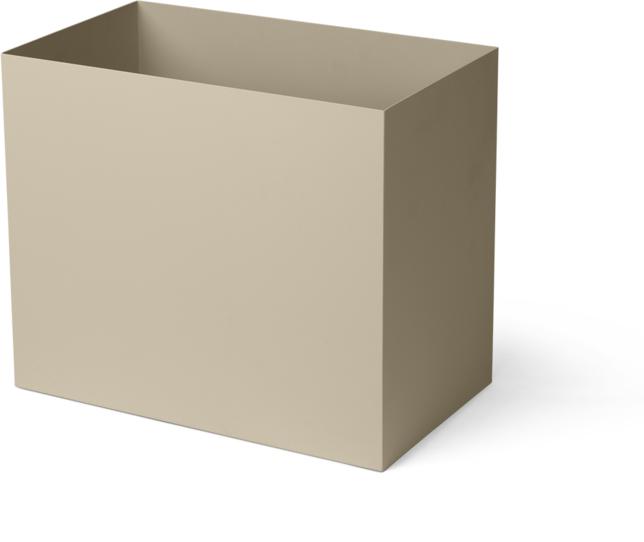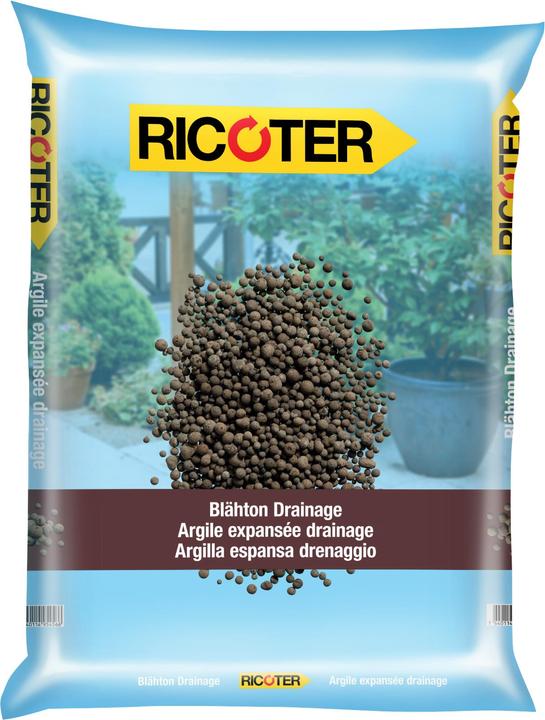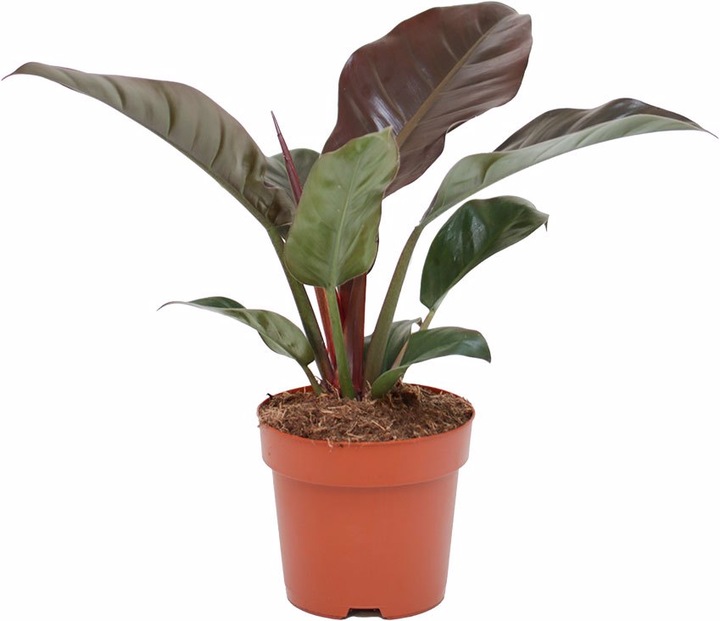

So the flower pots fit like a glove
Choosing the right flower pot offline using your own judgement can work. Doing the same when shopping online is a rather difficult endeavour. Unless you pay attention to one or two measurements.
For the first time, plants end up in my virtual shopping cart. But how do I find the right pot without having seen the future green roommates beforehand? Thanks to my imagination, I can answer questions about style myself. But not questions about the ideal size. That's why I seek advice from our in-house specialist Karina before making a purchase.
The Category Development Manager for the garden area tells me how much soil is in the plastic pots when they are delivered. She estimates the volume based on the specified flower pot diameter and advises me to choose a cachepot that is around four to six centimetres wider for my favourites. For example, a planter that is four centimetres larger will leave two centimetres of space around the edge. Karina also recommends that I leave the plants in the plastic saucer when I receive them and not repot them directly into the planter. This allows me to manage the water better and avoid waterlogging.
Philodendron Imperial Green
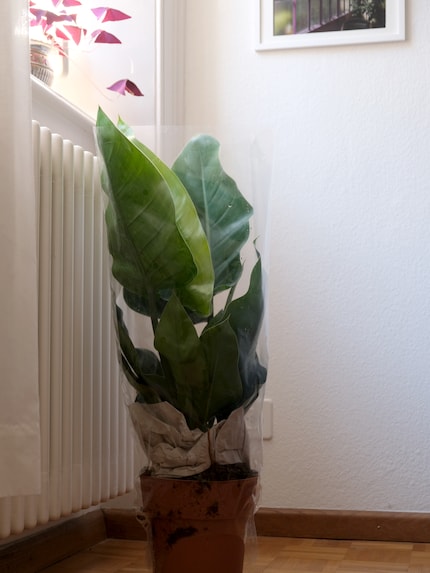
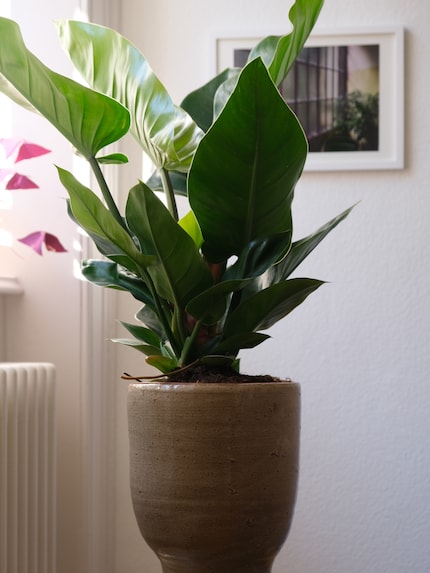
The diameter of the "Artist" flower pot from House Doctor is narrow at the base. Despite this, there is no risk of the container tipping over with this Philodendron, as the pot is wide enough at the top and the plant fits completely inside. This type of plant does not grow very tall as it is not woody. It does not form a stem, but grows herbaceously.
- Plastic saucer: 19 cm
- (Cover) flower pot: 22 cm
Dieffenbachia Summer Style
This plant variety has a similar growth behaviour to the Philodendron. Narrow and light-coloured pots such as "Dawa" from Interio are therefore suitable, providing a stage for the decorative, cream-white and green-coloured leaves.
- Plastic saucer: 19 cm
- (Cover) flower pot: 26 cm
Ficus
A ficus grows mainly upwards and doesn't need too large a container. If its roots are contained, the plant grows bushy and dense. "Tabor" from Serax frames the round bush shape.
- Plastic saucer: 24 cm
- (Cover) flower pot: 35 cm
Monstera
This plant species grows quickly and becomes sprawling. Even if its leaves remain small, it multiplies. This is why wide pots from Ecopots with saucers that cannot fall over are suitable.
- Plastic saucer: 17 cm
- (Over) flower pot: 30 cm
Yucca palm
This palm has a mostly unbranched trunk and needs a spacious planter to develop. If it is too large, you can trim and shorten it so that it looks proportionate in the "Plant Box" from Ferm Living.
- Plastic saucer: 21 cm
- (Over) flower pot: 33 cm
The right soil
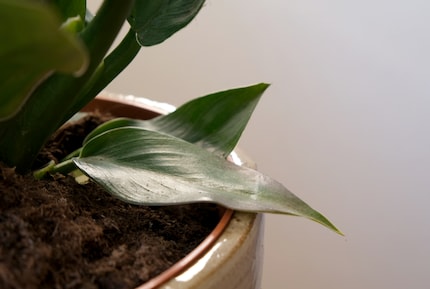
If I want to repot these houseplants within the next two years, Karina advises me to use peat-free houseplant soil and, for containers with a water reservoir, a plant granulate. If there is still room in the container until the plant is repotted in a new container, granulate serves as a "gap filler". This can be used to fill the planter until the plant reaches the edge.
Do you have other favourites and need advice on the right soil? Post your question in the comments column.
Like a cheerleader, I love celebrating good design and bringing you closer to everything furniture- and interior design- related. I regularly curate simple yet sophisticated interior ideas, report on trends and interview creative minds about their work.
